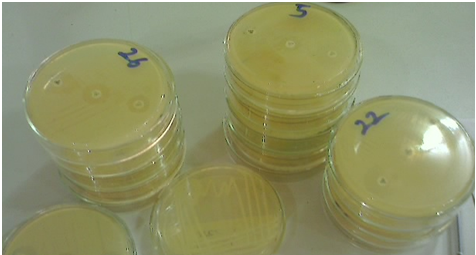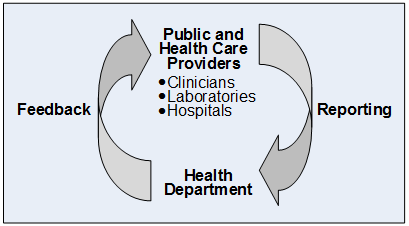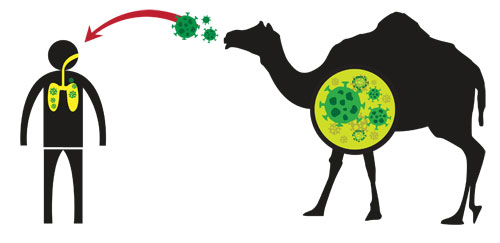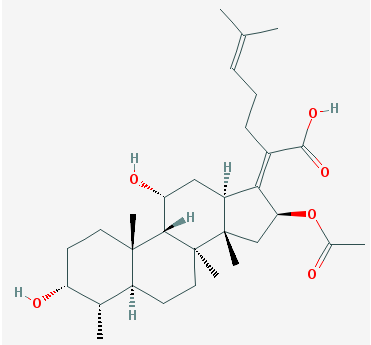WHO Global Principles for the Containment of Antimicrobial Resistance in Animals Intended for Food
Purpose: To minimize the negative public health impact of the use of antimicrobial agents in food-producing animals whilst at the same time providing for their safe and effective use in veterinary medicine. General 1. National governments should adopt a proactive approach to reduce the need for antimicrobials in animals and their contribution to antimicrobial resistance […]










